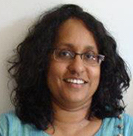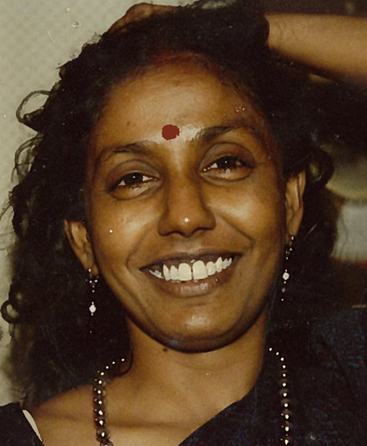A Brief Colonial History Of Ceylon(SriLanka)
Sri Lanka: One Island Two Nations
A Brief Colonial History Of Ceylon(SriLanka)
Sri Lanka: One Island Two Nations
(Full Story)
Search This Blog
Back to 500BC.
==========================
Thiranjala Weerasinghe sj.- One Island Two Nations
?????????????????????????????????????????????????Thursday, April 30, 2015
Brutal Periods In Sri Lanka & The Idea Of ‘Responsible Action’

By Harini Amarasuriya -April 30, 2015
Thank you very much for inviting me to speak a few words on the bookPalmyra Fallen – From Rajani to War’s End by Dr Rajan Hoole.
What I thought I would do today is to share a few thoughts about
certain themes that I found particularly relevant, interesting and
provocative. First let me say that I was in absolute awe of the wide
range of ideas touched in this book – ranging from Apartheid South
Africa, to conflict-ridden Ireland and Nazi Germany; the poetry of T.S
Eliot, Emily Dickinson and Walt Whitman; the Holy Bible, the Mahavamsa,
the Mahabaratha, theories of Karl Popper and mathematical formulas. This
book is as interesting for what it reveals about the author’s eclectic
and varied interests and sources of inspiration as for the actual
substance of the book itself and the often tragic events it documents. I
certainly can’t do justice to this huge breadth of ideas, thoughts and
events expressed in the book. What I am going to focus on in the time
that I have today are the questions and ideas that the book provoked in
me as I read it. These questions and ideas are not regarding specific
events, ideas or the people discussed in the book – but at a broader
level what it says about society, politics and civil action.
I was an empty-headed, rather sheltered school girl at the time of Rajini Thiranagama’s
assassination. Like for most of my peers in the South, the event did
not have a particular significance at the time. It was later, that I
began to be curious about Rajini’s life – what kind of person was she?
How did she do what she did? In the course of my work I met people who
knew her well: Saratha one of the first people to get to Rajini as she
lay dying on the street; Rajini’s younger sister Sumathy; her daughter
Sharika and I just missed each other at the University of Edinburgh –
she was leaving Edinburgh as I started my doctoral studies there. I had
heard of Rajani’s colleagues Prof Daya Somasunderam, Dr Sritharan and Dr
Hoole and her husband Dayapala Thiranagama from
my own friends and colleagues who knew them or who had worked with
them. All of these encounters made me more curious about Rajini; what
was she really like? How do we or can we separate the real Rajini from
the legend? What made a 35-year old woman take the risks she did for
what she believed in?
This was not just idle or ghoulish
curiosity; I became interested in the 1980s, particularly the times when
the state was at war with the LTTE in
the North and East and with the JVP in the South. It was one of the
most violent and brutal periods in Sri Lanka. What also fascinated me
about that period was how during this period, individuals like Rajini
and others; groups like UTHR and
others in the North as well as in the South, got together and at great
personal risks stood up against violence, against brutality and
repressions, against nationalisms. They provided an alternative voice –
an alternative ideological and political space. Many like Rajini paid
for their work and their beliefs with their lives. How did they do it?
Were they simply individuals with great personal courage and strong
convictions or was there something else?Read More


